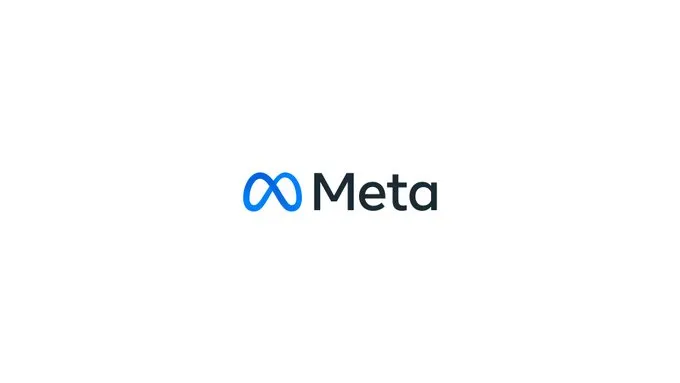Trump says 50% tariff on copper imports will begin Aug. 1
Trump wrote on Truth Social that he made the decision after receiving a national security assessment.

Copper wires at a recycling facility in Salt Lake City, Utah, US, on Thursday, May 8, 2025.
Niki Chan Wylie | Bloomberg | Getty Images
U.S. President Donald Trump said Wednesday that the 50% tariff on copper imports, which he had announced the previous day, will take effect on Aug. 1.
The decision was made after he received a national security assessment, Trump said in a post on Truth Social.
"I am announcing a 50% TARIFF on Copper, effective August 1, 2025, after receiving a robust NATIONAL SECURITY ASSESSMENT," Trump wrote.
"Copper is necessary for Semiconductors, Aircraft, Ships, Ammunition, Data Centers, Lithium-ion Batteries, Radar Systems, Missile Defense Systems, and even, Hypersonic Weapons, of which we are building many. Copper is the second most used material by the Department of Defense."
Copper prices rose 2.62%, following Trump's latest announcement, extending its gains from the previous session when it jumped 13.12% and recorded its best one-day gain since 1989.
U.S. copper prices spiked on Trump's 50% tariff announcement
Meanwhile, the three-month benchmark copper futures on the London Metal Exchange were down 1.63% at $9630.50 a ton as of 9.20 a.m. Singapore time, a reflection of the unusually wide premium that's developing between U.S. copper and the metal elsewhere.
According to London-based agency Benchmark Mineral Intelligence, U.S. consumers could be paying around $15,000 per metric ton for copper, while the rest of the world pays around $10,000 by August.
Copper is the third-most-consumed metal globally, behind iron and aluminum. The U.S. imports nearly half of the copper it uses, with most of it coming from Chile, according to data from the U.S. Geological Survey.
Earlier on Tuesday, U.S. Commerce Secretary Howard Lutnick told CNBC's "Power Lunch" that the Trump administration wants to bring "copper production home." He noted that Trump's move will bring copper tariffs in line with U.S. duties on imports of steel and aluminum, which Trump doubled to 50% in early June.
However, experts say that this will take a while before production ramps up, and possibly decades to fulfill demand.
The U.S. reliance on copper imports is a "vulnerability, but [the U.S. doesn't] have the capacity right now to offset imports," Carlos Miguel Gutierrez, who served under President George W. Bush as Secretary of Commerce, told CNBC's Emily Tan on "The China Connection."
"Perhaps capacity will be online in 2027 and 2028, assuming that there's a guarantee that those tariffs will stay in place."
Meanwhile, there will be some shortage of copper in the U.S., and price increases as companies start to invest in production capacity, said Gutierrez.
Sectoral tariffs, such as copper, steel, aluminum and pharmaceuticals, may be used as leverage in "country negotiations," he added, noting that Canada is also a significant exporter of copper to the U.S.

Adam Whiteley of BNY Investments said on CNBC's "Squawk Box" that Trump's latest announcement is indicative of the trade policy that he wants to protect.
"Copper is probably in a third category of tariffs, which is national security. So we've got negotiating tactics, we've got addressing trade imbalances, and then the copper, or indeed, any of the minerals, maybe semiconductors, maybe pharmaceuticals," Whiteley said.
British multinational research firm BMI expects global copper mine production to increase at an average annual rate of 2.9% from 2025 to 2034, with annual output rising from 23.8 million metric tons in 2025 to 30.9 million metric tons by 2034.
For this year, the firm's analysts expect global copper mine output to rise by 2.5% year over year in 2025, supported by recovering production in Chile and the ongoing ramp-up at the Oyu Tolgoi mine in Mongolia.
Peru, Russia and Zambia are also expected to be among the major contributors to the rise in global output, the analysts wrote in a Jul. 9 note.
— CNBC's Jenni Reid and Kevin Breuninger contributed to this report.

 Tfoso
Tfoso 

































